My Feminist Fitting Room: Artist as Subversive?
by: Elizabeth Orcutt , June 25, 2022
by: Elizabeth Orcutt , June 25, 2022
The cudgels of self-help and self-fulfilment hardly make the idea of ‘know thyself’ seem radical. Notwithstanding this, when I embarked on my project to make a self-portrayal that felt like me, I knew—but at the same time was unaware—that I was starting with a male perspective. The subversive nature of what I was doing only began to be apparent as I stopped making images that looked like traditional self-portraits. As I made the work, via a practice-based methodology working with photographic techniques and technologies, I found that my self-portrayals gradually dispensed with a discernible, recognisable likeness.
As the project matured, I recognised that all my attempts at self-portrayal were founded in looking, and this became the clue to identifying the radical nature of my practice. While I practised, I found I was peering for myself in the pictures. I would lean into the image, looking for myself, straining to find the experience that felt like me. And I discovered my visual self was both my look and my looking.
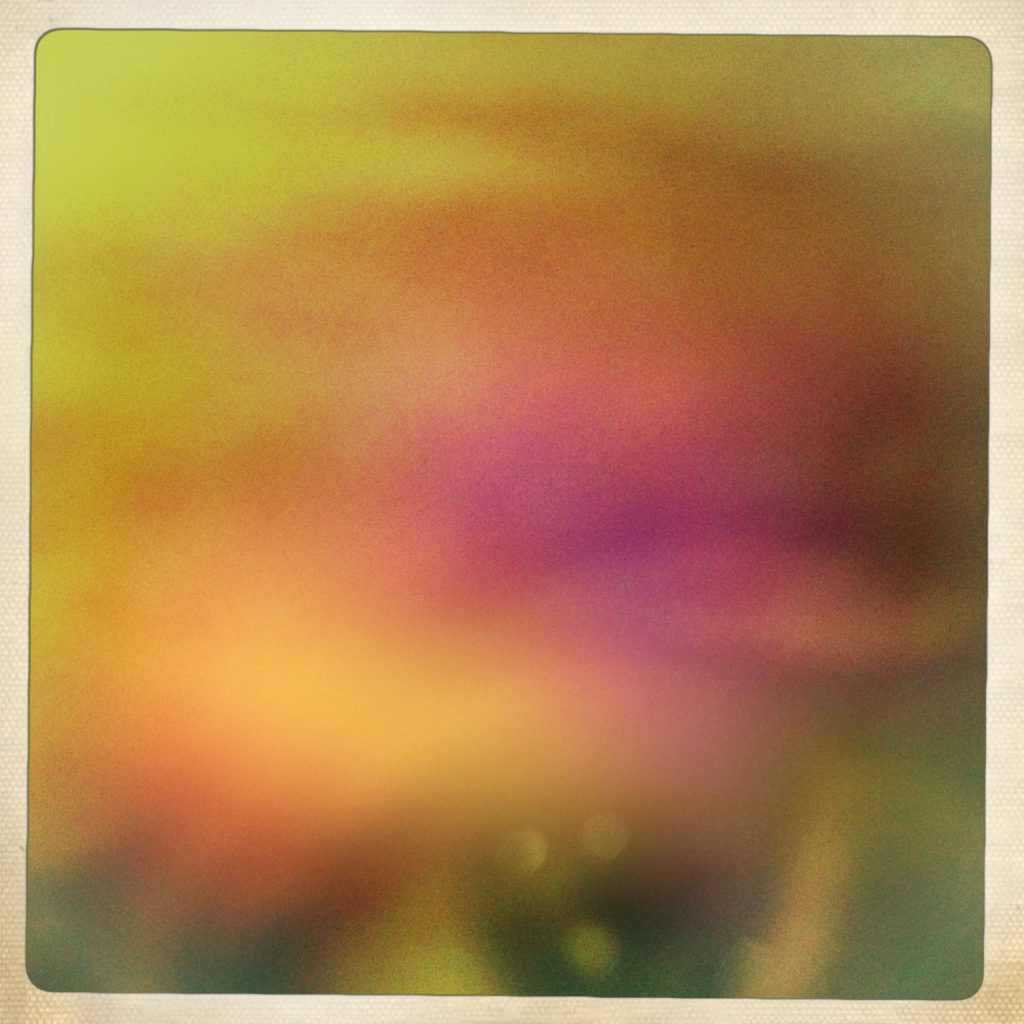
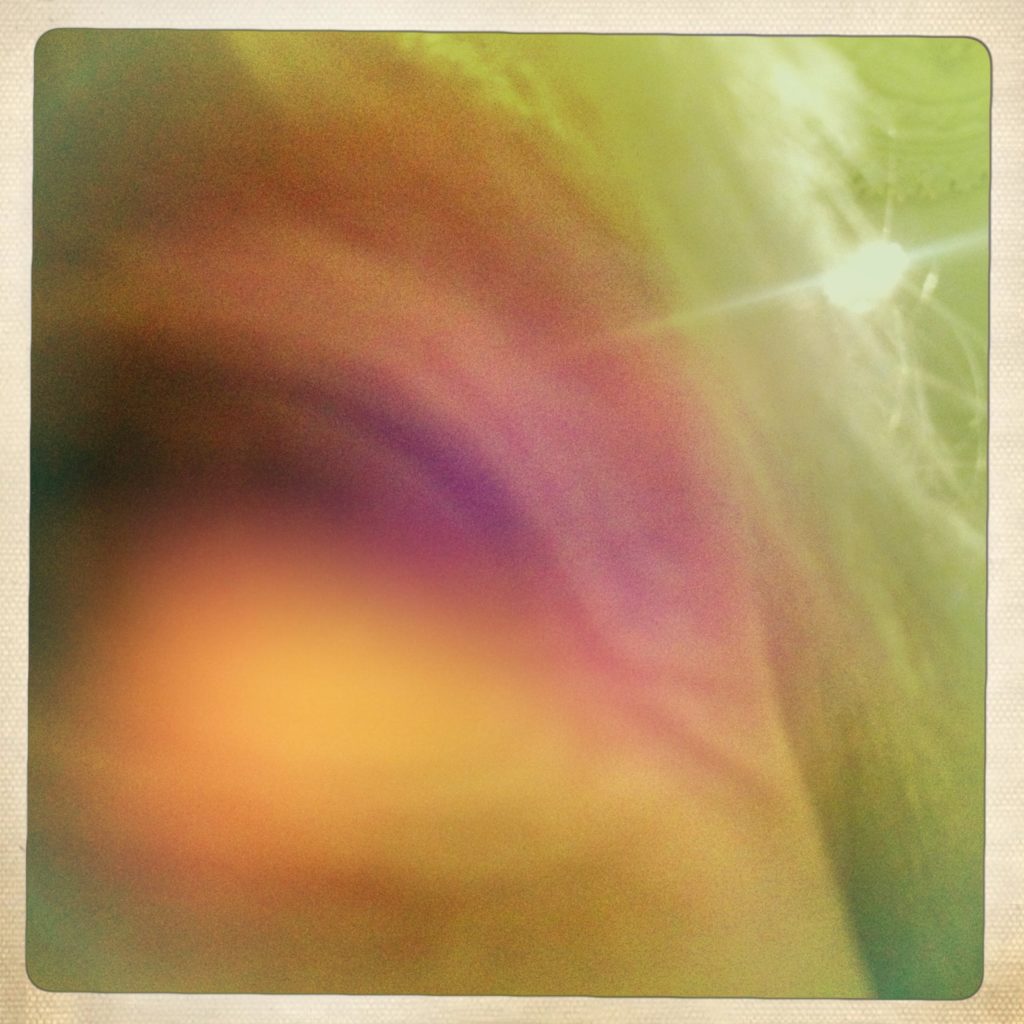
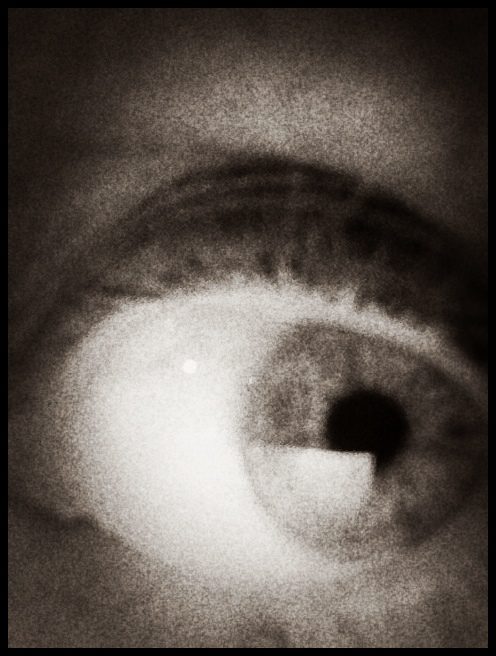
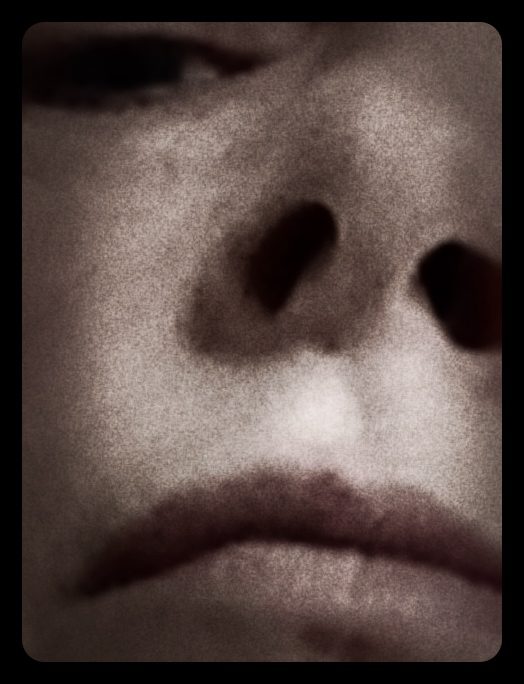
To describe my visual self, I first had to contend with my feelings of self-absence, an experience that I felt at the outset was a failure in myself. My experience of self varies depending on the light’s intensity. I am a shadow, I am gone, faded, disappeared, a void, hollow, missing, empty. During the night, I am grey, I’m dark. I am obscure, midnight, shade, shadow, dim, gloomy, dull, faded, opaque. On an overcast day, I am a screen, a mantle, a mask, a veil, foggy, drab. When the sun shines, I am transparent, see-through, diaphanous, translucent, pale, colourless, ghostly, ethereal, insubstantial, vacant, blank, or hollow. The experiences described indicated to me my intersubjectivity with my surroundings, my entanglement with them; I am indistinguishable from where and with whom I am, and what my existence is part of. The concept of entanglement hails from feminist theorist Karen Barad. [1] She shows through quantum theory, reconsidering unsung Niels Bohr, that an enquiry’s alleged subject, method, tools, and object are entangled.
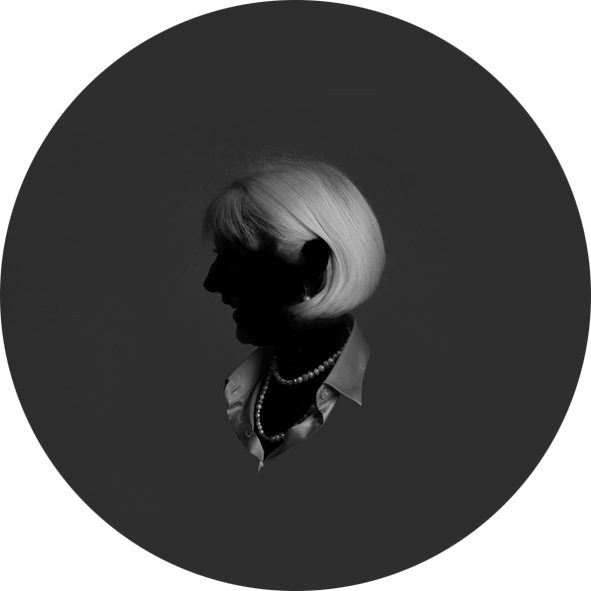
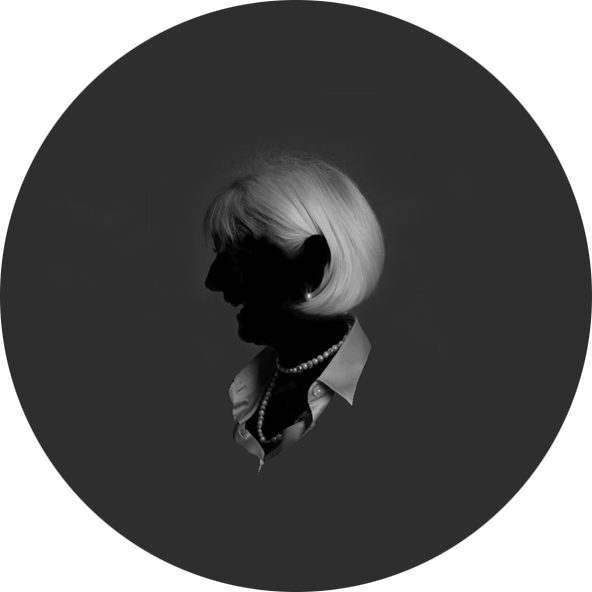
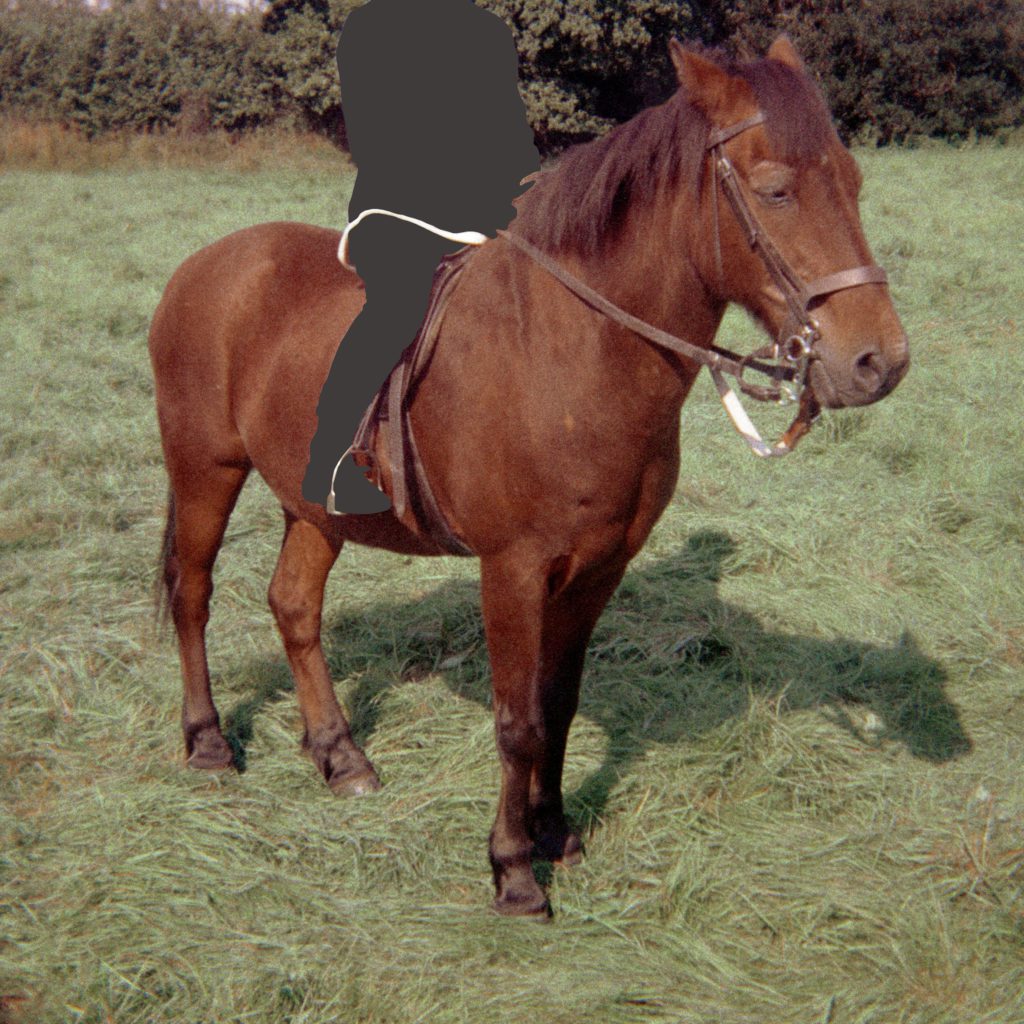
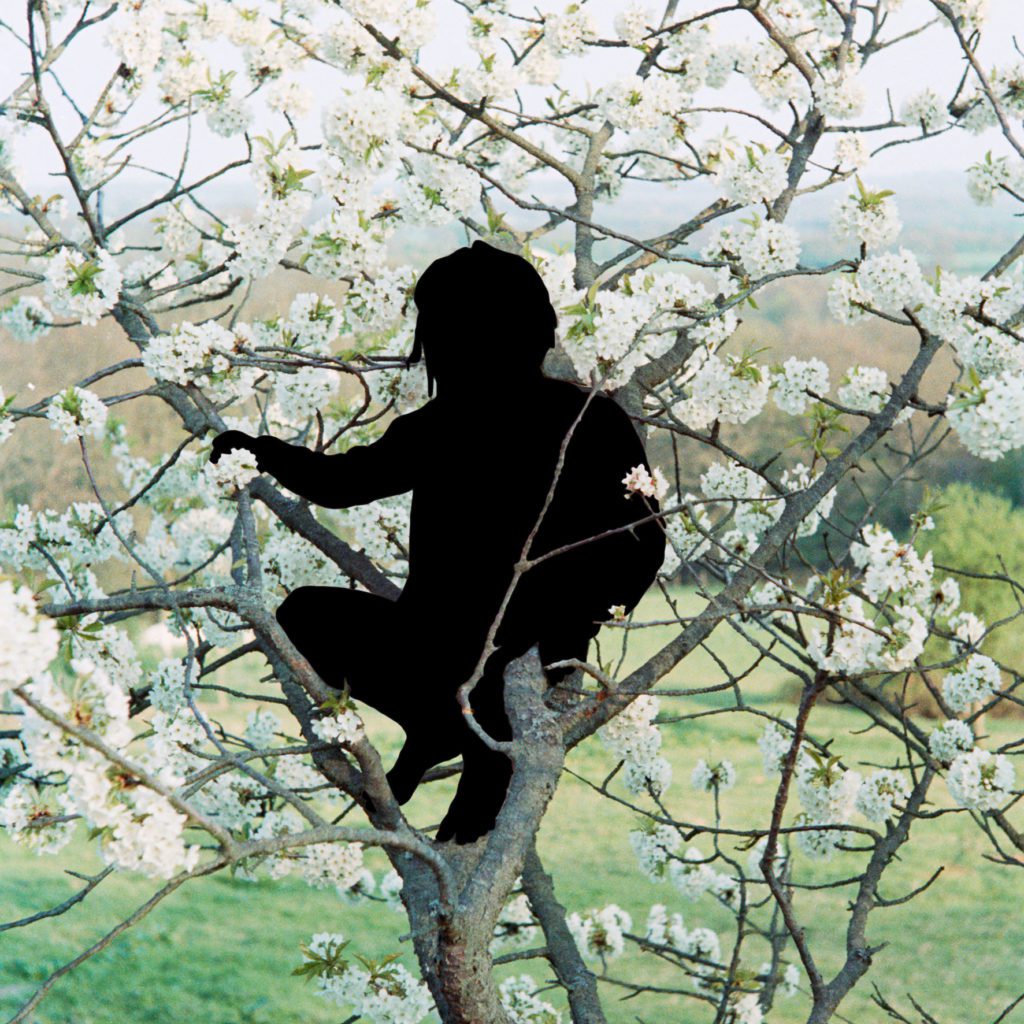
Derived from my sense of entanglement, I also concluded my research space as a fitting-room, inside which I tried out and tried on each iteration of self-portrayal, gradually moving away from the traditional, accepted forms that showed me as a recognisable person, and moving further and further into my experience of my look and looking. The sites of my research were literal spaces in which my practice took place—the studio and/or home office—and via these I enter the seemingly immaterial fitting-room; the experiential space in which I am entangled with that surrounds me as I materialise my visual self.
I describe my fitting-room as feminist because I dismantled the male gaze; I rejected a traditional object status by becoming and empowering my look. As a companion to Cixous’ laughing Medusa, [2] I bring a quiet, surprised, indeterminate smile, not so much a raucous guffaw but gentle jouissance. However, I did not ‘write myself,’ as Cixous recommends, but rather ‘made’ myself in the self-portrayal.
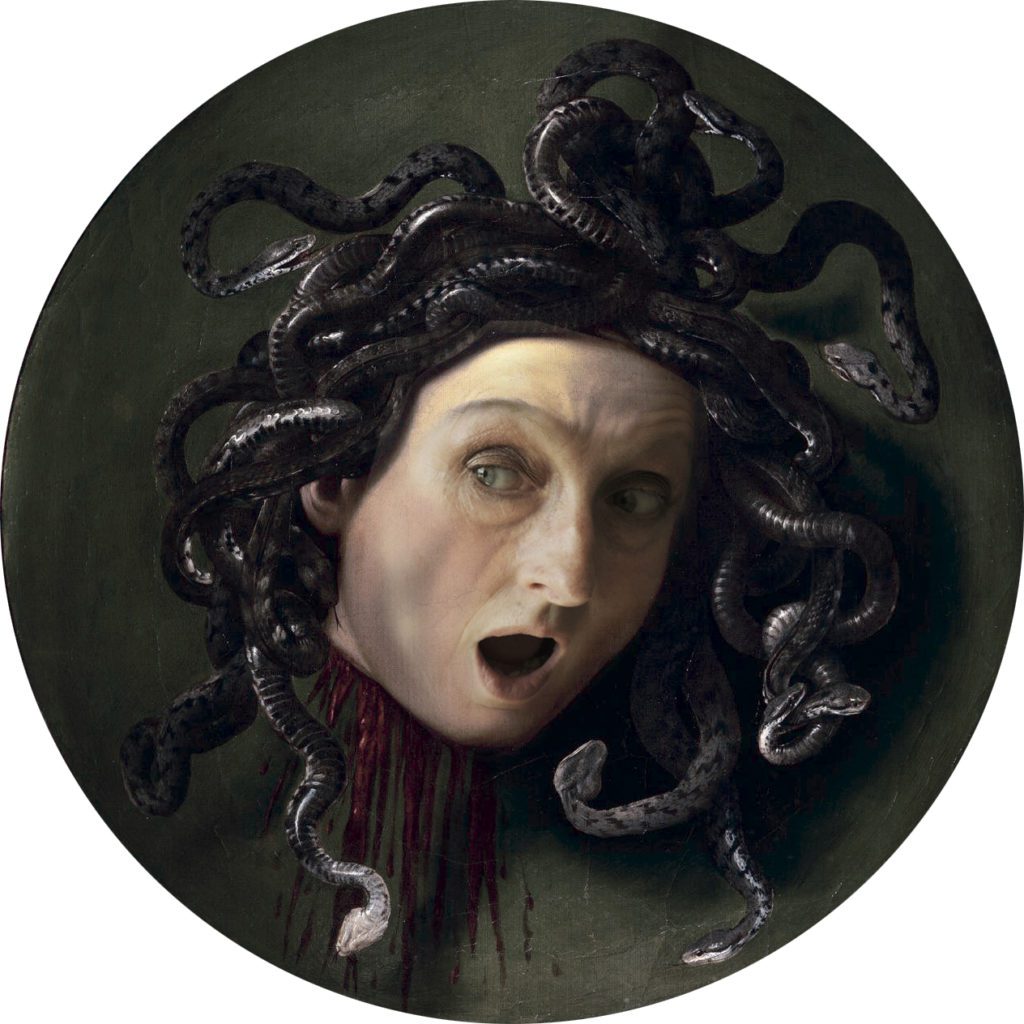
Hence, I redefined my womanhood by way of creative practice. Smilingly and triumphantly, I acknowledged my self-absence as strength, not the failure of self I thought it at the outset. Simultaneously recognising the vital importance of my look, stressed by D. W. Winnicott in the formation of selfhood with the mother as partner, blended with the task of an infant’s being [3], my thinking about motherhood also supported my understanding of how I cross the psychic gap between me and the image. I felt I was in the baby’s experience as I portrayed my myself as an archetypal mother, and as one I was also in my parent’s experience.

The gap, merged both through me and by the image of me, opened the door to my feminist fitting-room. And working in my fitting-room enabled me to find an image that felt like my visual self. As I worked with images of my eye, I saw my look, and I beheld myself in the image. And not only am I beheld, but the image entrances me. I had finally made an image that felt like my visual self, and it brought me to an experience of comfort that quieted the peering, the straining look for myself. The concluding images show what I look at, as well as my look. The pictures cross the divide between object and subject, my practice joining the two, acknowledging the space surrounding me as an active participant in the research. Furthermore, I discovered that my visual self is inseparable from my agency as a female-identifying visual artist and entangled with every element around me as I practice.
Rosi Braidotti talks of ‘the materialism of the flesh that unifie[s] the mind and body, in a new approach that blurs all boundaries.’ [4] I discovered myself blurred with my situation, entangled not only with the works but also my surroundings, which liberated me from perceiving my sense of self-absence as a weakness. My visual arts practice declined Cixous’ linguistic paradigm, as Braidotti suggests [5], to materialise an image that discovers and liberates my visual self from past understanding. I could at last resolve why did I not recognise myself in a picture that showed me.
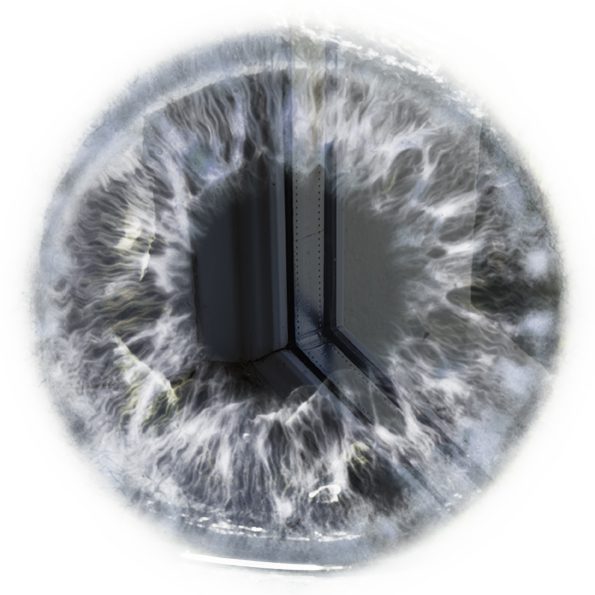
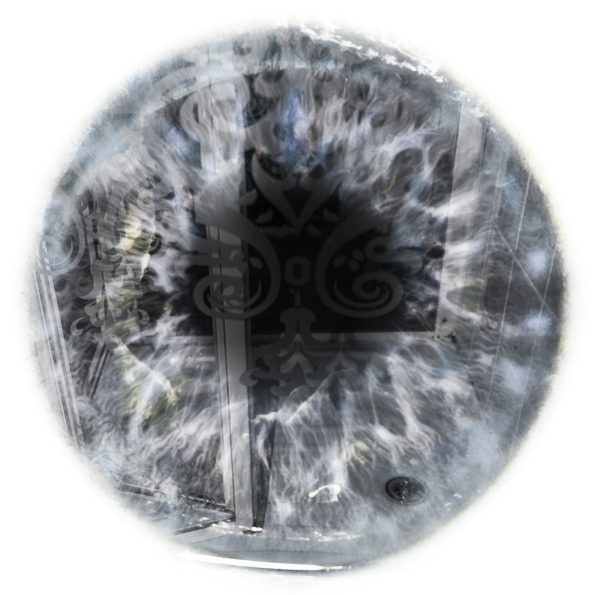
Notes:
[1] Barad, Karen (2007), Meeting the Universe Halfway: Quantum Physics and the Entanglement of Matter and Meaning, Durham: Duke University Press.
[2] Cixous, Hélène (1976), ‘The Laugh of the Medusa’, Signs, Vol. 1, No. 4 (Summer), pp. 875–93.
[3] Winnicott, D. W. (2005 [1971]), Playing and Reality. London & New York: Routledge.
[4] Braidotti, Rosi (2012), Nomadic Theory: The Portable Rosi Braidotti, New York: Columbia University Press, p. 2.
[5] Braidotti, Rosi (2012), Nomadic Theory: The Portable Rosi Braidotti, New York: Columbia University Press, p 128.
WHO SUPPORTS US
The team of MAI supporters and contributors is always expanding. We’re honoured to have a specialist collective of editors, whose enthusiasm & talent gave birth to MAI.
However, to turn our MAI dream into reality, we also relied on assistance from high-quality experts in web design, development and photography. Here we’d like to acknowledge their hard work and commitment to the feminist cause. Our feminist ‘thank you’ goes to:
Dots+Circles – a digital agency determined to make a difference, who’ve designed and built our MAI website. Their continuous support became a digital catalyst to our idealistic project.
Guy Martin – an award-winning and widely published British photographer who’s kindly agreed to share his images with our readers
Chandler Jernigan – a talented young American photographer whose portraits hugely enriched the visuals of MAI website
Matt Gillespie – a gifted professional British photographer who with no hesitation gave us permission to use some of his work
Julia Carbonell – an emerging Spanish photographer whose sharp outlook at contemporary women grasped our feminist attention
Ana Pedreira – a self-taught Portuguese photographer whose imagery from women protests beams with feminist aura
And other photographers whose images have been reproduced here: Cezanne Ali, Les Anderson, Mike Wilson, Annie Spratt, Cristian Newman, Peter Hershey
